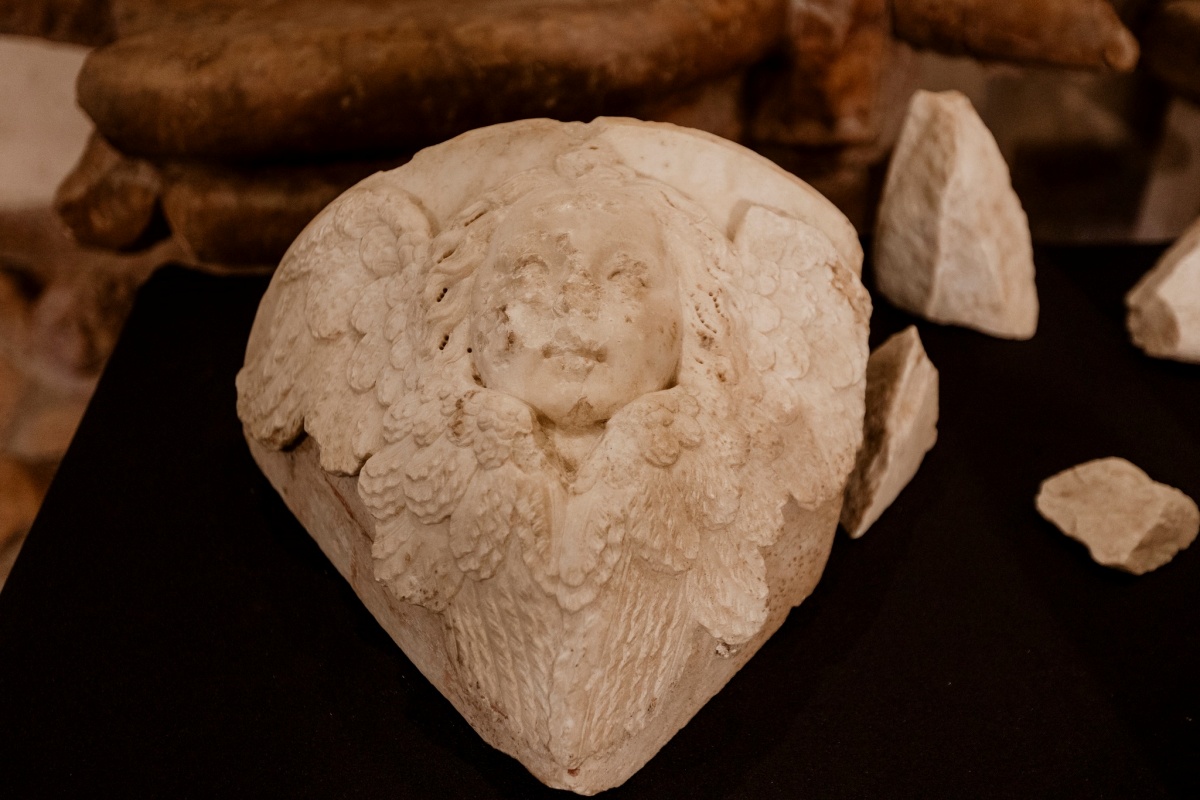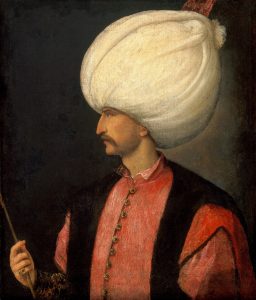
This discovery was confirmed by Professor Francesco Caglioti from the University of Pisa.Continue reading
Archaeologists conducting field research near the mausoleum of Sultan Suleiman I in Szigetvár (southern Hungary) have made significant discoveries, including a rare 16th-century Genoese gold coin modeled after Venetian design.
Máté Kitanics, a geographer and historian on the team, announced the find of the coin depicting St. John and Christ, valued at approximately HUF 8M. He explained,
such a coin was produced only for a brief period due to protests from the Venetians.”
The excavation site, located near the tomb of the Sultan at the so called Turbék (outer area of Szigetvár), also yielded lead bullets, suggesting a battlefield origin for the treasure. Erika Hancz from the University of Pécs detailed additional findings such as pottery fragments, glass shards, horseshoes, knives, projectiles, and silver coins.
Norbert Pap, head of the research team, underscored the historical significance of Suleiman’s tomb and the development of Turbék following his death during the siege of Szigetvár in 1566. He emphasized,
the tomb of Suleiman (…) represents a unique legacy of the Turkish occupation of Hungary.”
The site, comprising a mausoleum, mosque, dervish monastery, barracks, pilgrims’ guesthouse, and protective fortress, was meticulously excavated between 2013 and 2019.
Mr. Pap acknowledged international support and subsequent Hungarian funding for the project, aimed at preserving Ottoman heritage and establishing museum infrastructure. András Trócsányi from the University of Szeged praised the project’s multifaceted impact, stating, “the results of the Turbék project have been beneficial not only for research but also for education and regional development.”

Suleiman I on Titian’s painting (1530s). Photo: Wikipedia
Despite continuous unsuccessful sieges of Vienna, his reign reshaped European politics. In 1566, Suleiman personally led a campaign and died during the siege of Szigetvár. His death was kept in secret to maintain morale. After his death, the Sultan’s internal organs were buried at the Turbék site near Szigetvár, while his body was laid to rest in Istanbul.
Beatrix Lábadi highlighted the global recognition of Suleiman I and the archaeological treasures’ significance for tourism and academic study. Péter Vass, mayor of Szigetvár, emphasized the excavation’s historical importance and its potential to draw tourists. He noted, “If the research results satisfy both Turkish and Hungarian interests, it could mean that many Hungarians, Turks, and other foreigners will visit the town and the türbe (Islamic mausoleum/tomb) at the Zsibót-Szőlőhegy area once excavations are complete.”
The ongoing research is seen as pivotal in deepening historical understanding and fostering international collaboration.
Via MTI; Featured Image: Facebook / Magyar Múzeumok OnLine